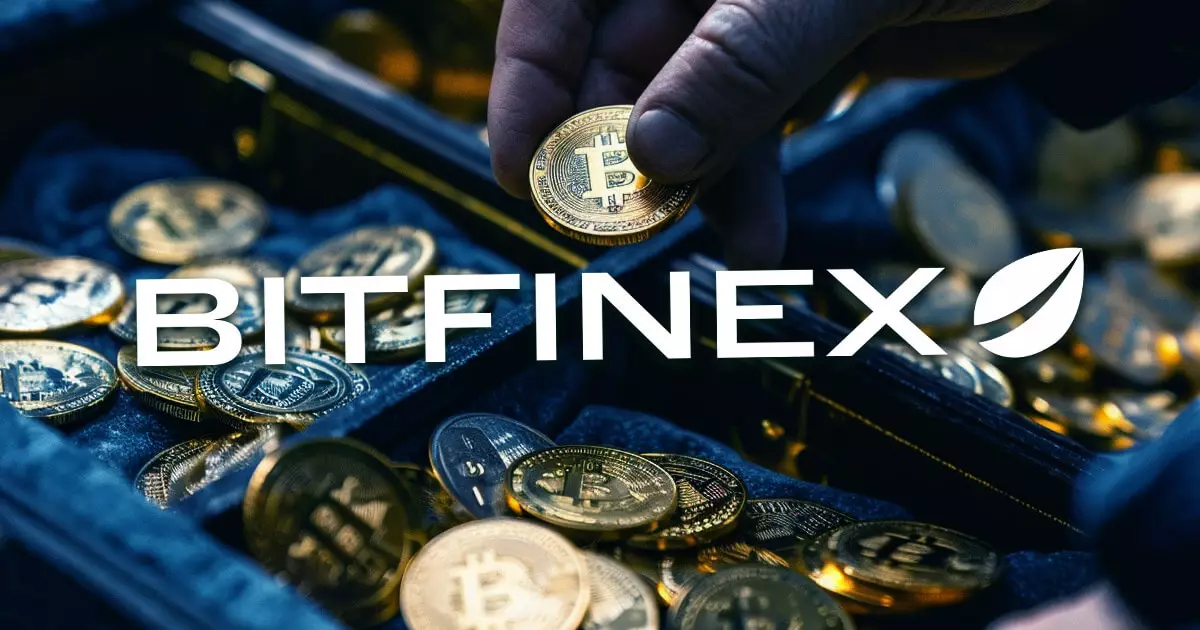In 2016, the cryptocurrency exchange Bitfinex faced one of the most devastating security breaches in its history, leading to the theft of approximately 120,000 BTC, valued at about $72 million at the time. This incident marked a significant challenge for the exchange, not only disrupting its operations but also raising broader concerns regarding the security of digital asset exchanges. The hack initiated a series of legal and financial maneuvers from Bitfinex, aimed at compensating users while navigating complex regulatory frameworks. Recently, new developments from the U.S. government indicate that Bitfinex may be the only entity eligible for restitution connected to this seminal event.
A recent U.S. government filing reignites conversations surrounding this case, suggesting that Bitfinex stands out as the main victim in this scenario. The document asserts, “The government is not aware of any person who qualifies as a victim under the CVRA or for restitution under the MVRA, beyond perhaps Bitfinex.” This highlights the exchange’s position as the central party impacted by the hack, potentially streamlining the ongoing legal proceedings concerning the stolen funds.
Unlike most traditional financial institutions, which often prioritize individual victim claims, this legal interpretation suggests a focus on the exchange itself. After the breach, Bitfinex took the controversial step of socializing losses by reducing all customer account balances by 36%. In return, customers received BFX tokens as compensation, which offered them paths to recover their investments through redemption or conversion into equity. This strategy, while criticized at the time, allowed Bitfinex to focus on its recovery roadmap while maintaining operational stability.
Recent developments indicate that the legal and financial landscape is shifting in Bitfinex’s favor. In 2022, U.S. authorities seized 94,643 BTC believed to be tied to the 2016 hack, with an estimated value of $3.6 billion. As of now, the worth of these assets has climbed to approximately $5.8 billion. The current legal proceedings could allow these funds to be returned to Bitfinex after resolution, representing an essential financial lifeline for the exchange.
Moreover, Bitfinex recently reported receiving over $312,000 in cash along with Bitcoin Cash as part of ongoing recovery efforts. However, the exchange has complex financial obligations on its plate, particularly regarding the Recovery Right Tokens (RRTs). Bitfinex has committed to using recovered funds to address these obligations first, detailing that there are currently 30 million RRTs in circulation, making total redemption at $1 unattainable with the currently recovered assets. Once these RRTs are redeemed, up to 80% of any remaining recovered assets will be directed to UNUS SED LEO token holders.
LEO token holders are closely monitoring these developments as potential beneficiaries of Bitfinex’s recovery strategies. Although they may not directly receive recovered BTC, the token burn mechanism associated with LEO may contribute to increased value. Many traders appear both excited and apprehensive about the potential influx of Bitcoin coming back into circulation, as indicated by a subsequent slight decline in Bitcoin prices following the filing’s release.
For LEO holders, Bitfinex’s success in recovering the stolen assets could significantly impact their investments. They could benefit from an increase in asset value, assuming the exchange effectively implements its recovery strategies.
The 2016 hack taught valuable lessons about risk management, transparency, and community interaction in the fast-paced world of cryptocurrency exchanges. The initial backlash against Bitfinex’s decision to socialize losses highlights the intense scrutiny exchanges face, necessitating transparency and community engagement during crises.
Despite the challenges, Bitfinex has demonstrated resilience in maintaining operational integrity and working toward recovering much of what was lost. The determination that it is the sole victim for restitution could catalyze an efficient recovery process—allowing the exchange to move forward after a tumultuous period.
As Bitfinex navigates through legal hurdles and plans its financial recovery, the exchange’s actions may set precedents for resolving similar incidents in the future, reminding industry players of the vulnerabilities inherent in this burgeoning sector. This evolving saga not only impacts Bitfinex but also underscores the complexities present in the cryptocurrency landscape, where security and trust remain paramount.















